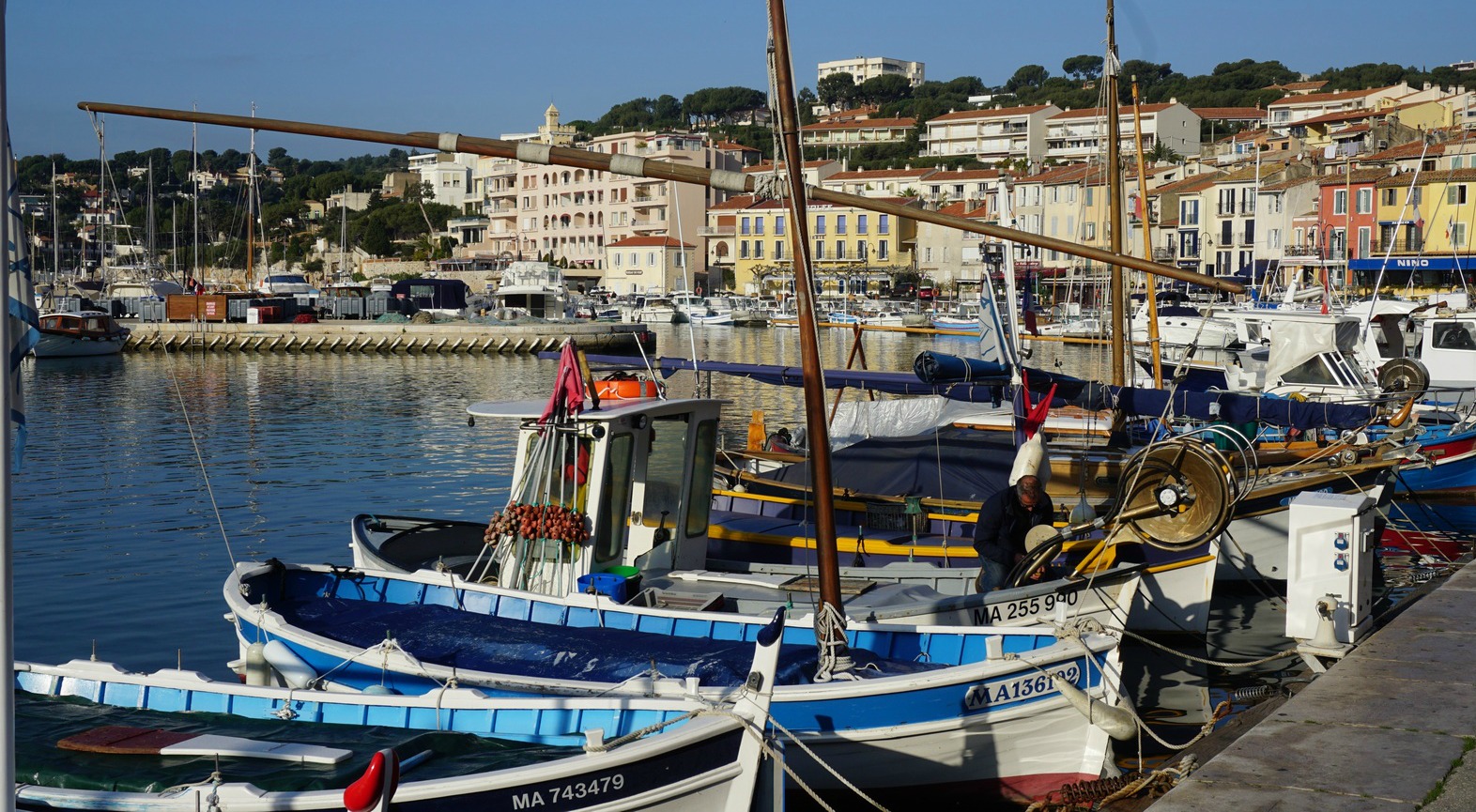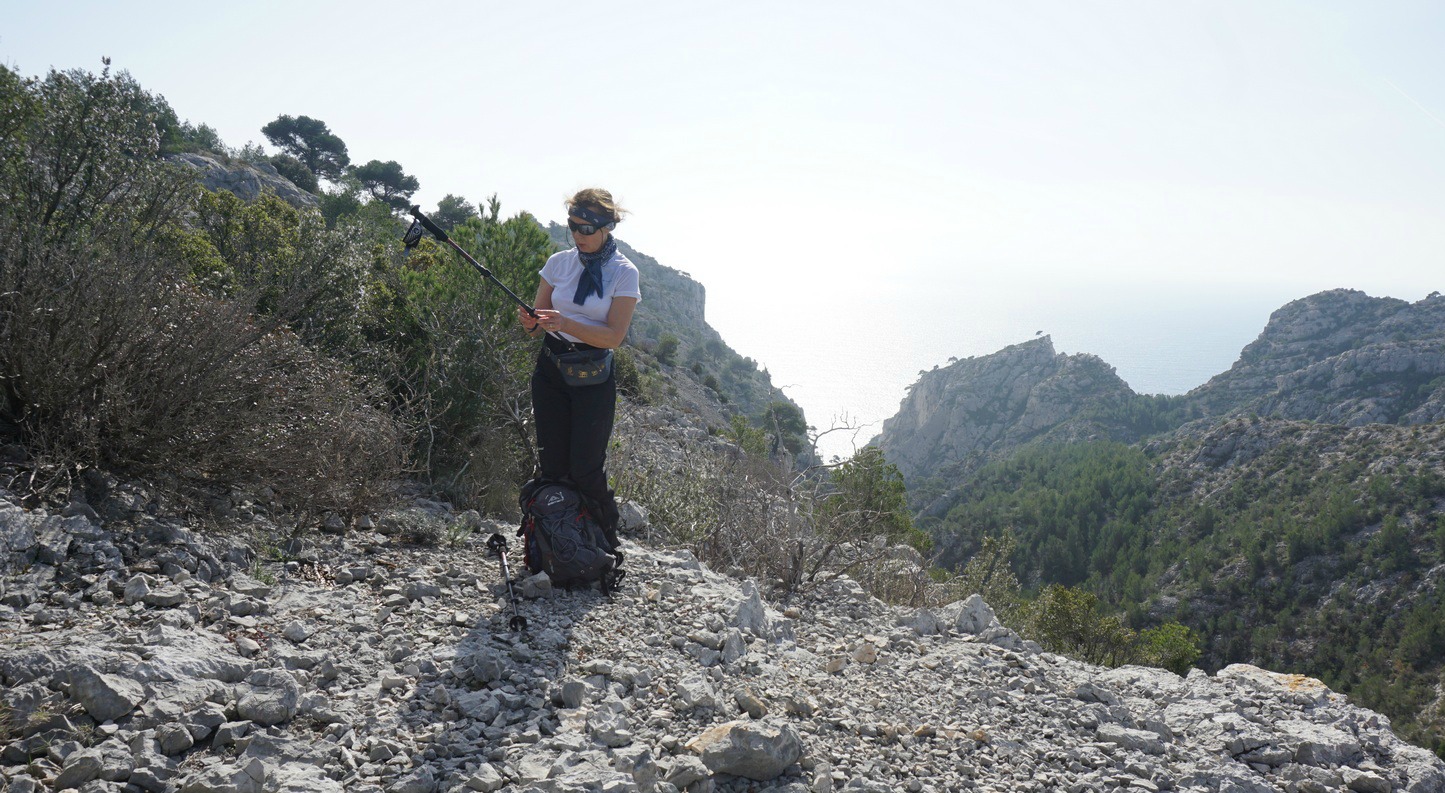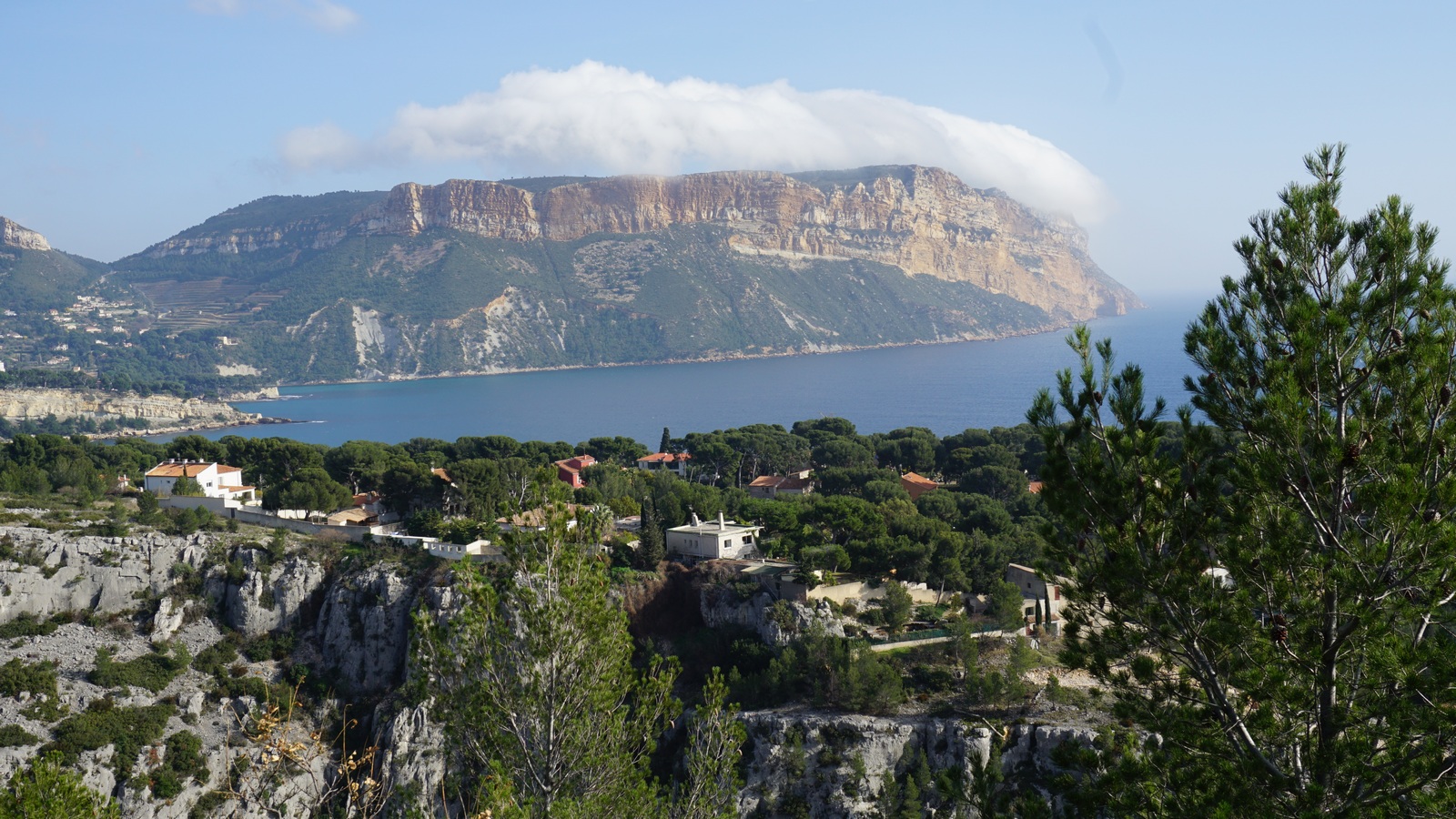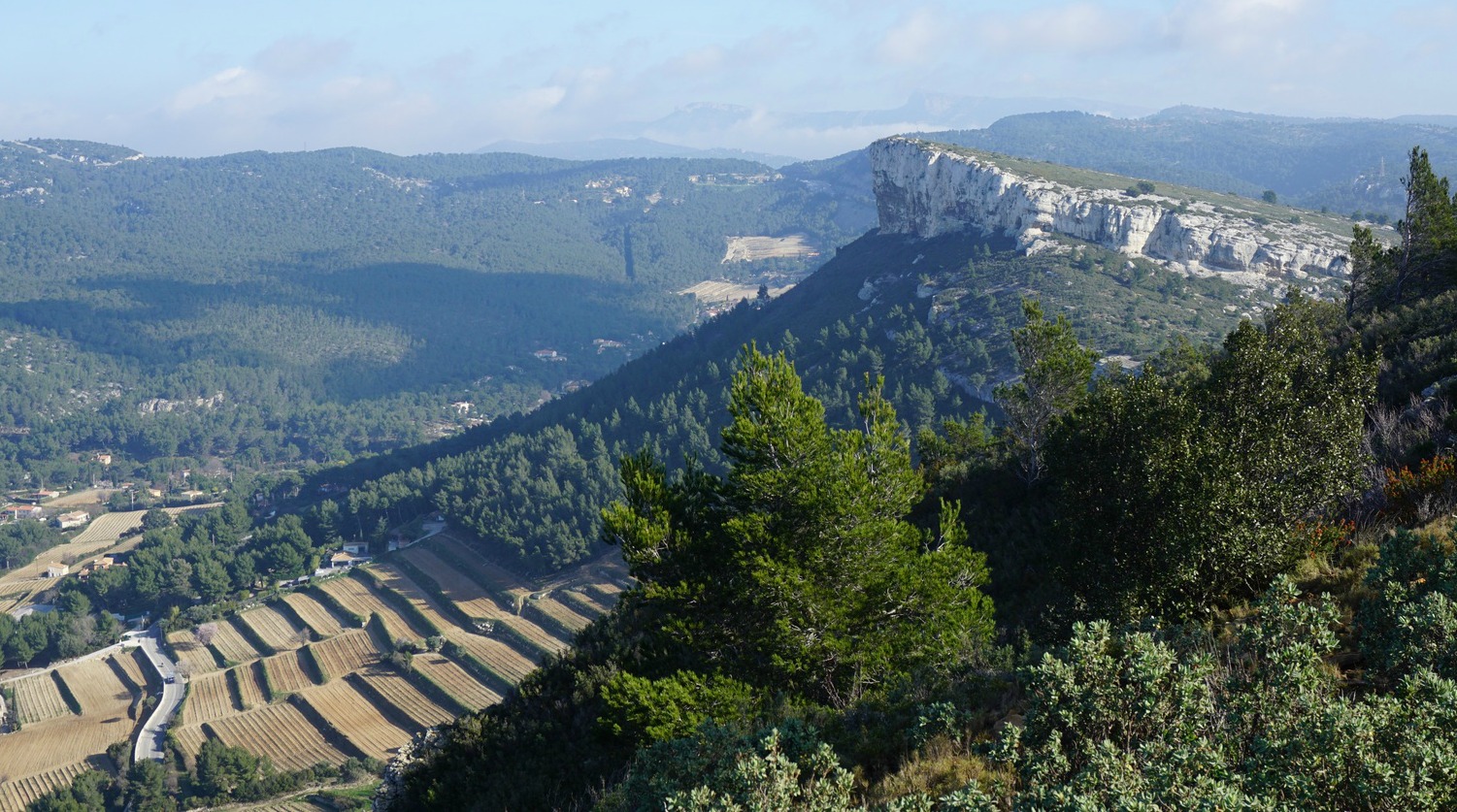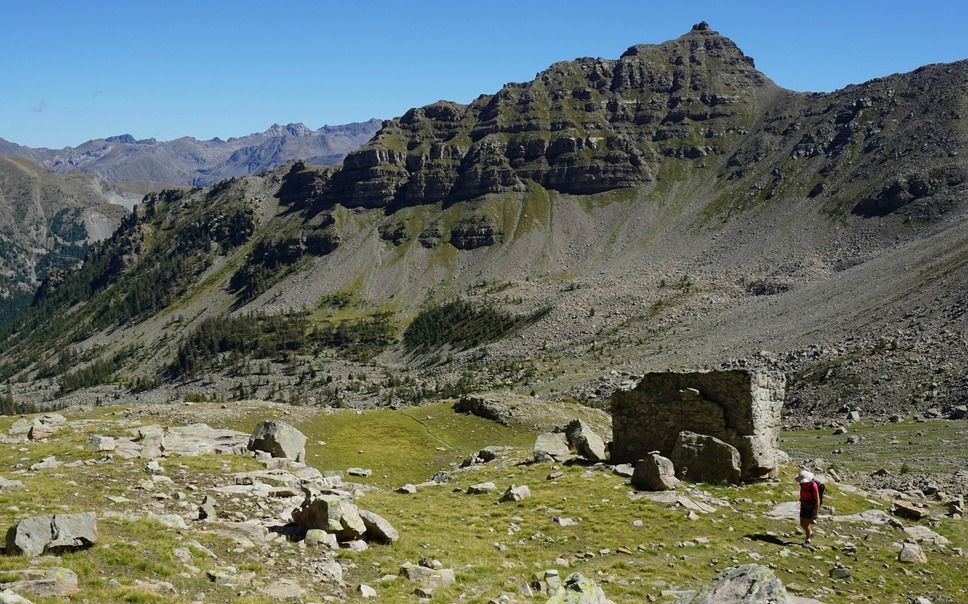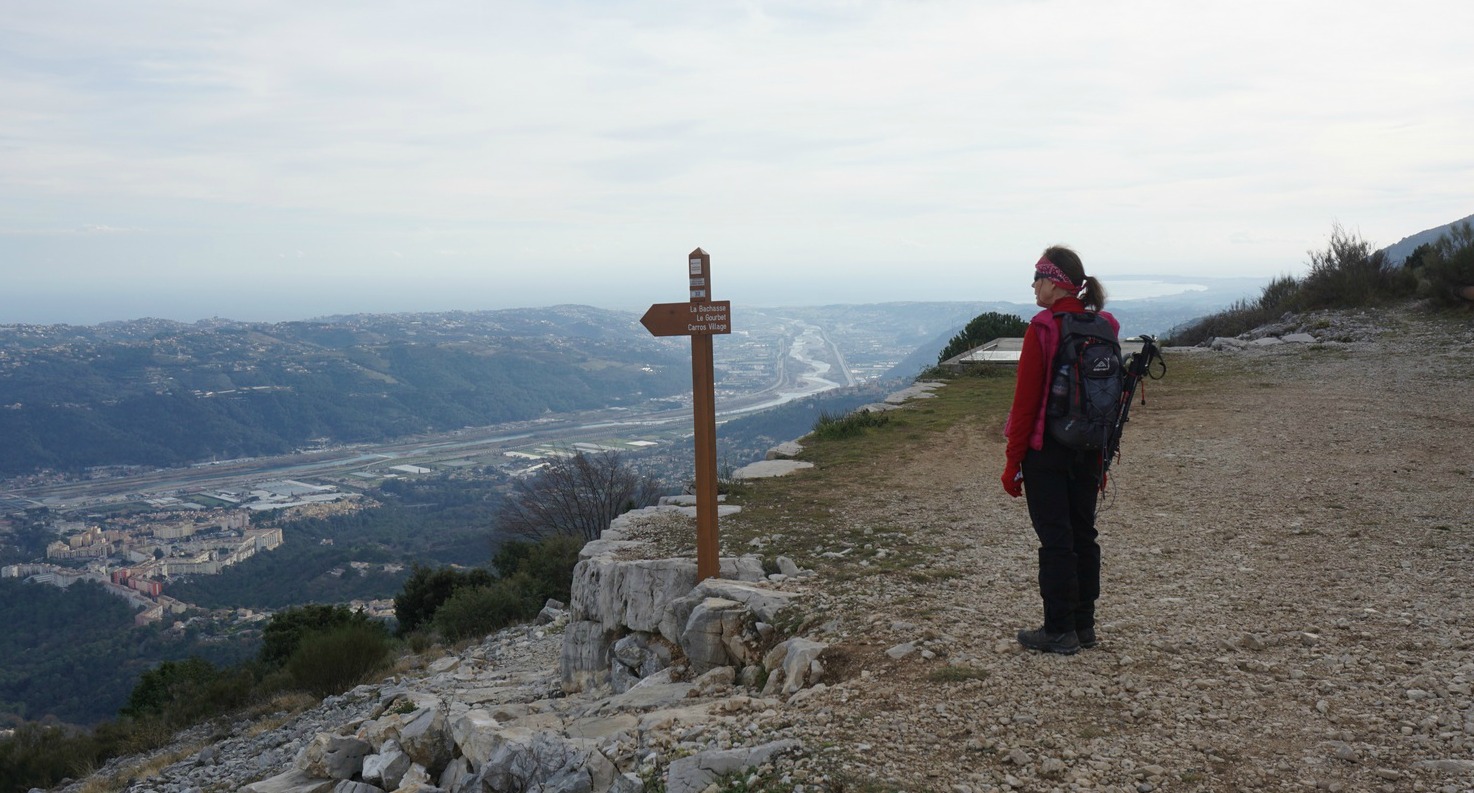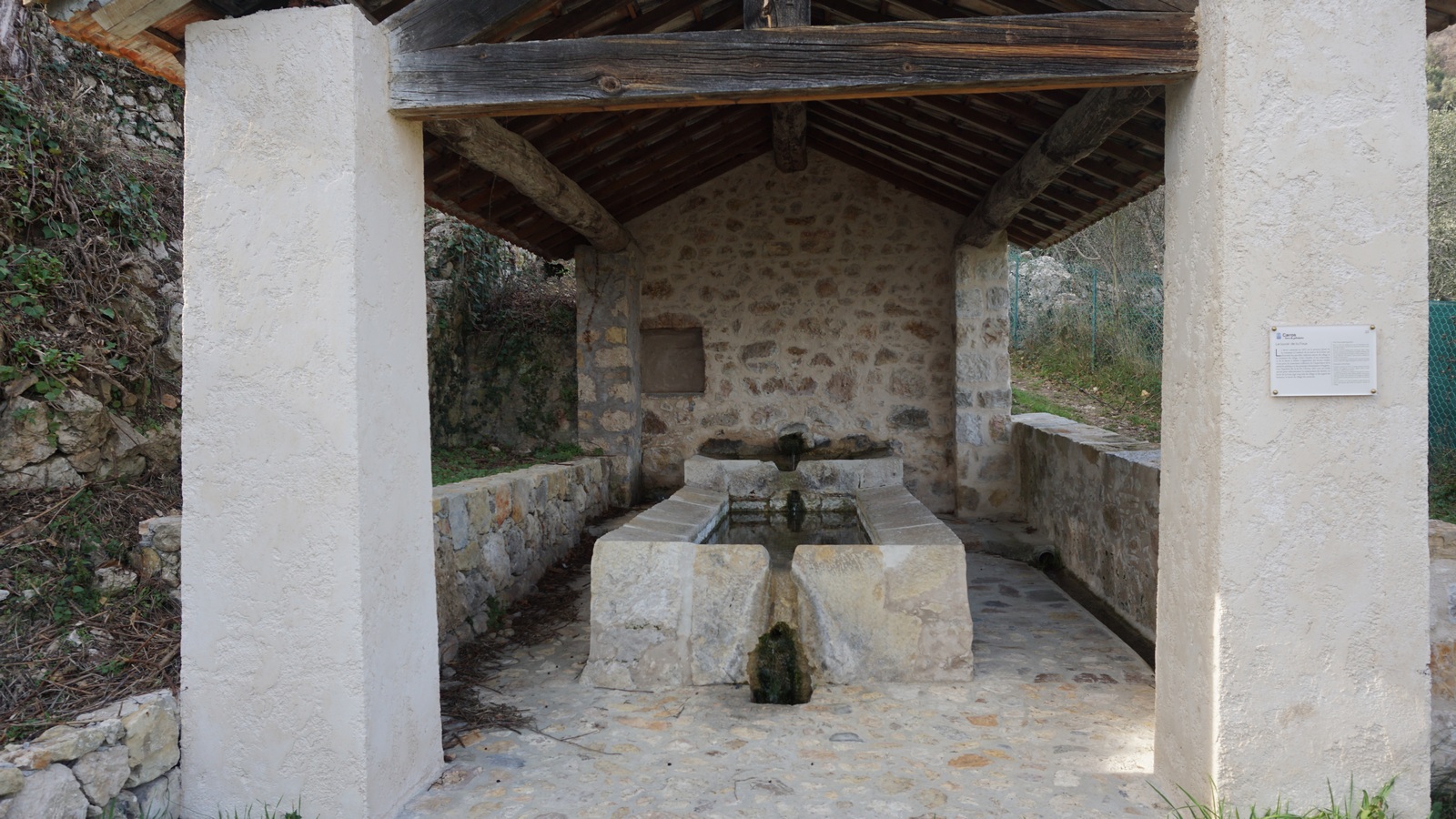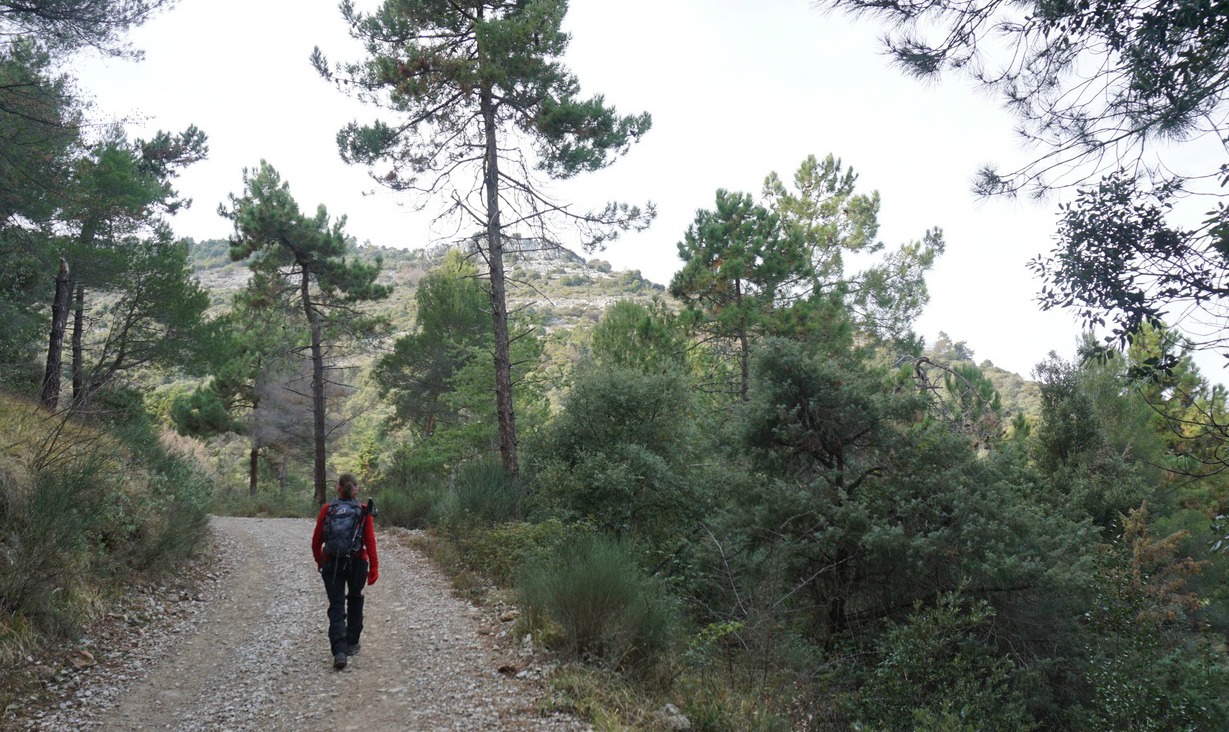Steak Marchand de Vin Recipe
Lately fast food has become very popular in Paris. When yet another hamburger restaurant was opened in Champs Elysees, there was a line! And a restaurateur from Barcelona has recently opened his fast food restaurant in France- with food made in Barcelona.
It seems to us that the French are forgetting their culinary classics. Steak marchand de vin is a classic French bistro recipe, and in fact fast food at its very best; fait maison from local quality ingredients!
In this video clip we show how quickly and simply it can be cooked and served with microwaved or steamed new potatoes and green beans. Anyone can cook this!
For two servings you need two nice fillet steaks, one shallot, one clove garlic, olive oil and butter, new potatoes, and about two handfuls of good quality fresh or frozen green beans. For the wine sauce you need a generous glass of red wine. Freshly ground black pepper and some fresh herbs add the final touch. For the steaks we chose tournedos, which in France come wrapped in a slice of lard. You can of course remove this on your plate. For the red wine we chose Château de Pampelonne.
First sauté the chopped shallot and minced garlic in olive oil in a small frying pan for about 10 minutes until soft. Set aside.
Wash the potatoes, top and tail the green beans if using fresh beans. Place the potatoes and green beans in their separate small microwave dishes with 1- 2 tbsp. water in each dish. Cover and microwave, about 5 minutes for the potatoes and 3-4 minutes for the beans. Set aside and keep warm.
In a heavy frying pan warm olive oil and butter over high heat. Cook the steaks for 3,5 minutes on each side for medium. Take care not to burn the steaks. After 3,5 minutes turn the steaks and pour the red wine in the pan. When the steaks are done, remove them from the frying pan and transfer on the warmed dinner plates. Cover with aluminium foil and keep warm.
Add the shallot and garlic in the bubbling red wine. Continue cooking until the wine is reduced to about half.
Pour the red wine sauce over the steaks and divide the potatoes and green beans on the plates. Grind over black pepper and decorate with fresh herbs.









